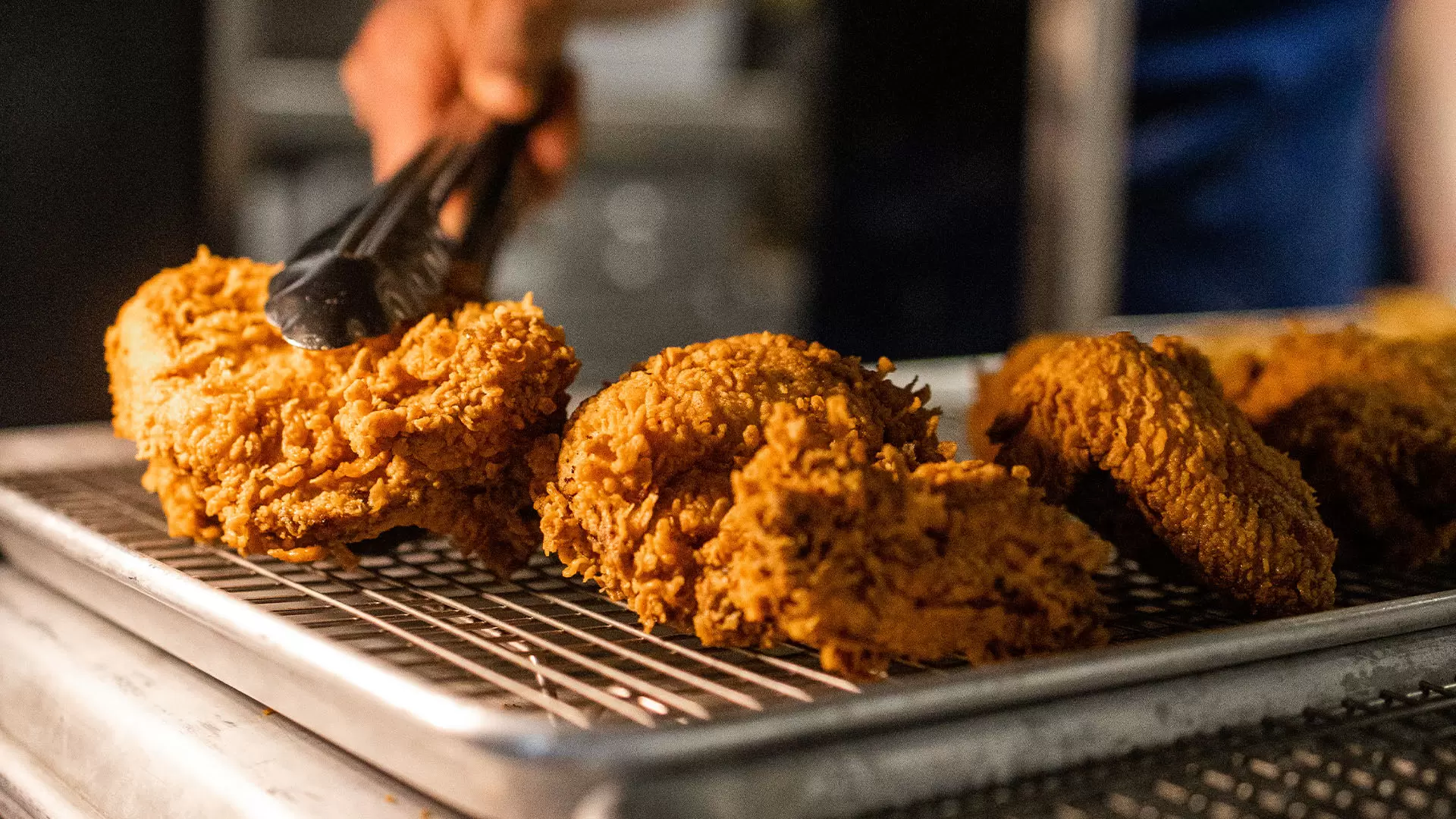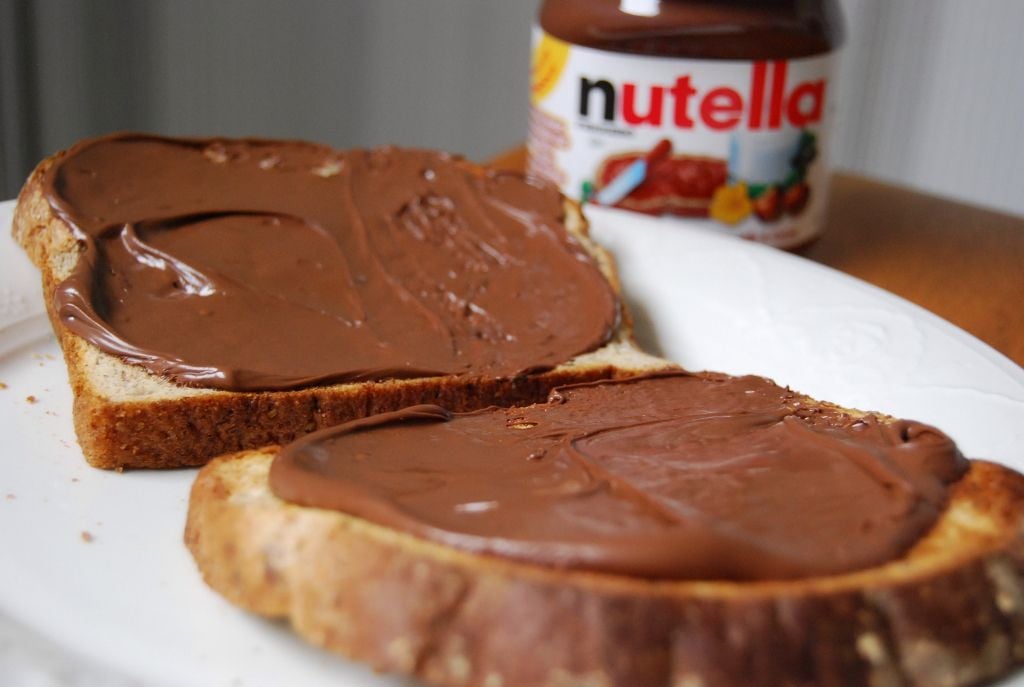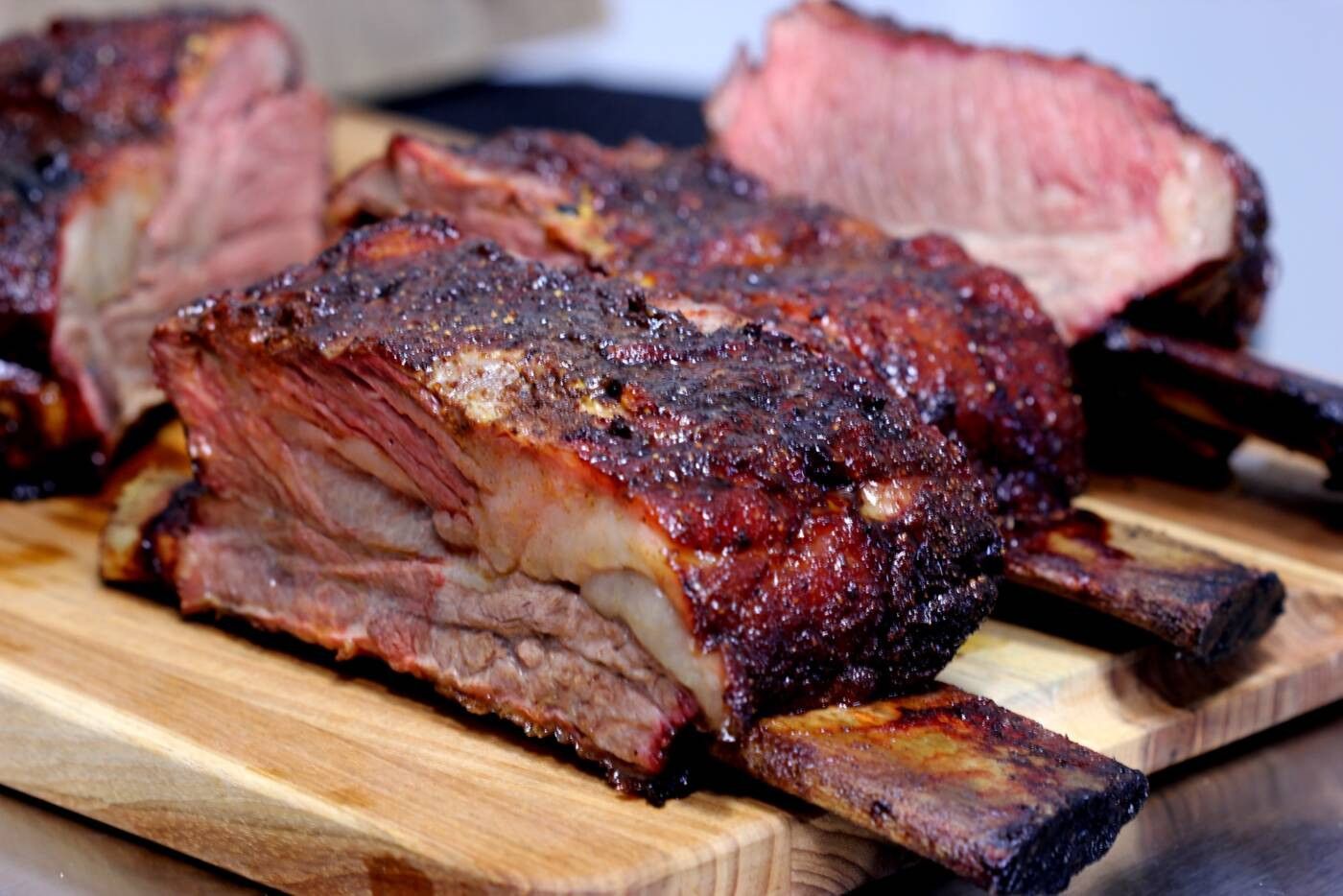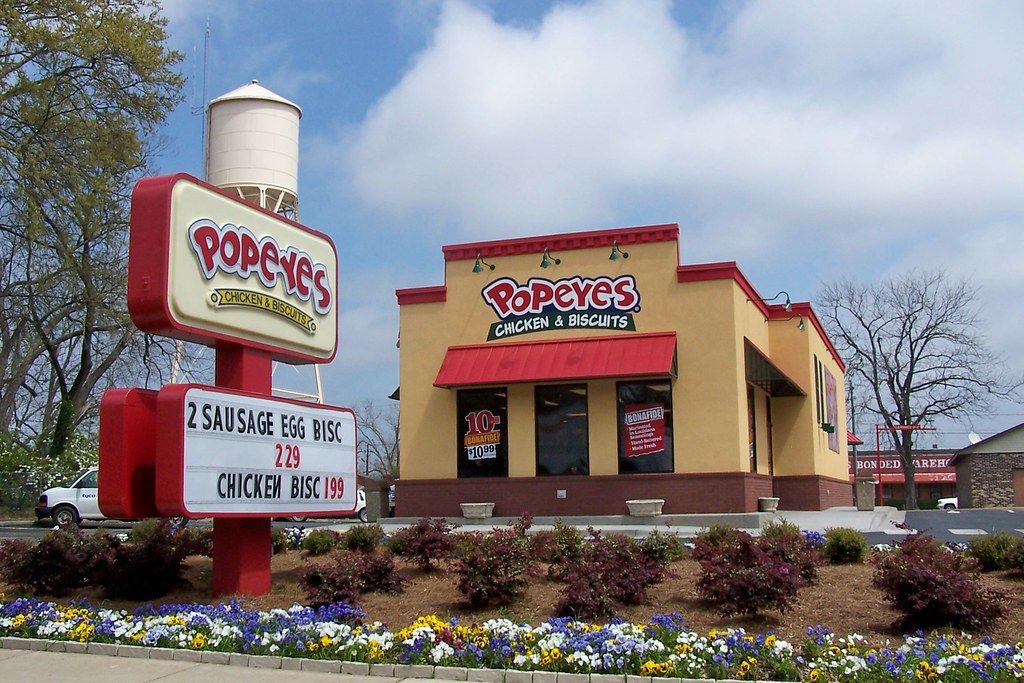
Brew Stronger Coffee with Fewer Beans, Study Suggests
- May 6, 2025
Recently, anyone visiting their local grocery store or café can attest to the skyrocketing prices of coffee beans. The price reached an unprecedented over $4.30 per pound in February after coffee futures spiked. While it's difficult to influence the worldwide price of coffee, new research indicates there's a way to optimize your coffee beans to brew a full-bodied cup without using as many.
A paper just published in the Physics of Fluids by physicists from the University of Pennsylvania presents a brewing technique that uses fewer beans but produces coffee as robust as one made with a larger quantity. This is achieved by simply tweaking your pour-over procedure.
"Coffee growing is becoming more challenging and thus, we can expect its prices to rise in future years," says Arnold Mathijssen, a University of Pennsylvania physics & astronomy assistant professor. "This research was intended to explore if we could economically assist by reducing the need for coffee beans but ensuring an equal extraction, serving the same intensity of coffee."
The team tested various methods to find out which one created the most potent brew using the least amount of beans. This involved tools and techniques such as high-speed cameras and lasers to observe how each brewing technique influenced the end result. However, the usual coffee was exchanged with transparent silica gel particles in a glass cone for easier observation due to its dark color.
With a high-speed camera, the researchers viewed the effect of pouring water over the substitute coffee, resulting in what they described as "miniature avalanches". They discovered that the higher the pouring point of the water was, the more it stirred the particles, thereby enhancing the extraction of coffee.
The use of a gooseneck kettle, which allowed for a gentler pour-over due to its laminar flow effect, was a key apparatus in this experiment. "Directing the flow from a normal water kettle can be challenging," commented Ernest Park, a graduate researcher in the Mathijssen Lab and study co-author. "If the water flow is not laminar enough, it doesn't fully disturb the coffee bed."
According to the team, crucial to brewing a strong coffee is pouring water from a lofty point to stir up the particles. However, water poured from a great height may bring in bubbles, which aren't desirable in brewing.
"What really brings out the coffee flavor and all the goodness from the grounds is the contact between them and the water," reiterated Margot Young, another researcher in the Mathijssen Lab. "Therefore, the goal is to boost the interaction between the water and the grounds in the pour-over process."
While the data is exciting for all coffee enthusiasts, the team emphasized that their findings could have wider applications, potentially helping scientists investigate erosion behind dams and enhance water filtration systems.
"We can gain valuable insights from a chemistry and physics standpoint by examining everyday activities like brewing in the kitchen," Mathijssen stated. "It surprises us by leading to novel scientific concepts where we least expect them."






